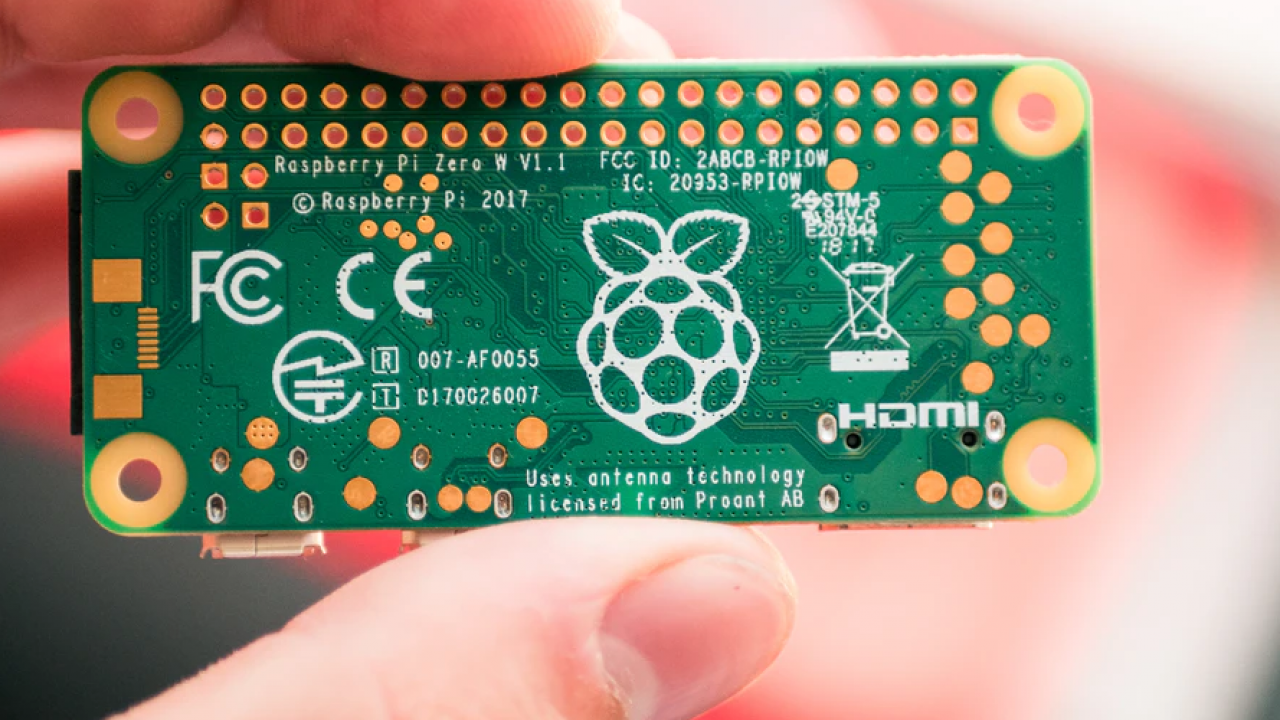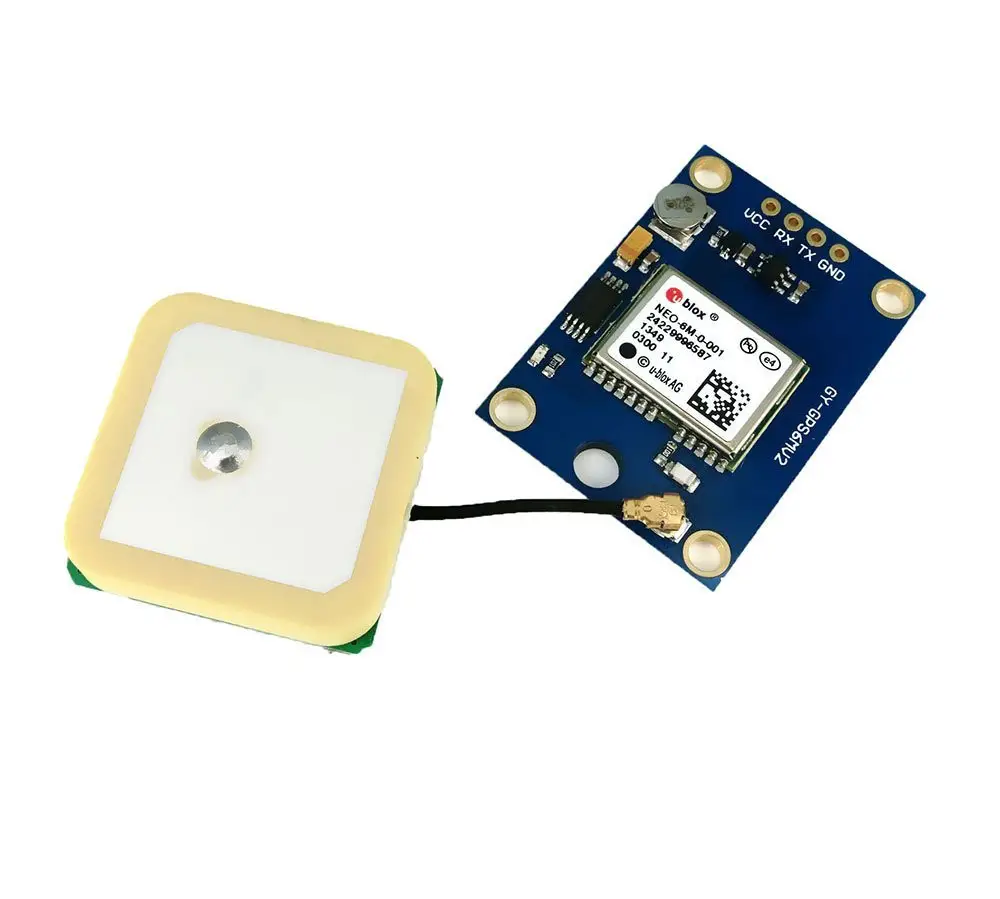

- #Install navit on raspberry pi install
- #Install navit on raspberry pi password
- #Install navit on raspberry pi Pc
To make sure that different sound sources can be mixed all have to be synchronized to a common sample rate. However there are some issues, the major one is resampling. If Pulseaudio is working correctly, you will see the AO: as output device. Selected audio codec: afm: pcm (Uncompressed PCM)ĪO: 44100Hz 2ch s16le (2 bytes per sample) You will not be able to use your remote control. MPlayer svn r34540 (Debian), built with gcc-4.6 (C) 2000-2012 MPlayer Teamįailed to open LIRC support. This has to be changed later, but it makes debugging much easier.

Now start Pulseaudio: /usr/local/bin/pulseaudio -vvv -system -disallow-exit -disallow-module-loading=1 -high-priority Load-module module-native-protocol-unix auth-anonymous=1 I would recommend to start with a minimal set of modules: #!/usr/bin/pulseaudio -nF
#Install navit on raspberry pi Pc
Crosscompiling on a PC is much faster, but also much more complicated, therefore I would not recommend this. If you compile it at the Raspberry Pi, you have some time for a coffee. The alsa-module is the most important, but you will also need at least libsamplerate. Make sure you have everything that you need compiled in. System Config Path: /usr/local/var/lib/pulseĬFLAGS: -g -O2 -Wall -W -Wextra -pipe -Wno-long-long -Wno-overlength-strings -Wunsafe-loop-optimizations -Wundef -Wformat=2 -Wlogical-op -Wsign-compare -Wformat-security -Wmissing-include-dirs -Wformat-nonliteral -Wpointer-arith -Winit-self -Wdeclaration-after-statement -Wfloat-equal -Wmissing-prototypes -Wredundant-decls -Wmissing-declarations -Wmissing-noreturn -Wshadow -Wendif-labels -Wcast-align -Wstrict-aliasing -Wwrite-strings -Wno-unused-parameter -ffast-math -fno-common -fdiagnostics-show-option System State Path: /usr/local/var/lib/pulse System Runtime Path: /usr/local/var/run/pulse It will look like this: prefix: /usr/local Now check the output of teh configuration process. Now you can get, extract, configure pulseaudio.
#Install navit on raspberry pi install
Note that I did not install the X11 headers as Pulseaudio will run in systems mode. This will install not only these packages, but also a lot of dependencies. Note that you need to install a lot of prerequisites before you start to configure and compile pulseaudio: sudo apt-get install -y libltdl-dev libsamplerate0-dev libsndfile1-dev libglib2.0-dev libasound2-dev libavahi-client-dev libspeexdsp-dev liborc-0.4-dev libbluetooth-dev intltool libtdb-dev libssl-dev libudev-dev libjson0-dev bluez-firmware bluez-utils libbluetooth-dev bluez-alsa libsbc-dev libcap-dev This also allows to use PulseAudio 5 instead of version 2 that it part of the Raspbian distribution. Therefore I decided to build my own pulseaudio package. I was not able to use the “ffmpeg” resampler with it. Unfortunately the Raspbian pulseaudio package does not include some resamplers. It creates an additional abstraction layer that allows different sound sources to use is simultaneously. The solution for this and some other issues is PulseAudio. The I2S sound system allows only exclusive access to the sound subsystem. Be sure to add " :1" at the end of the IP address this step is important.If you want to have different programs sending their output to the same sound card (like the HiFiBerry DAC+) on the Raspberry Pi you might run into problem. Reboot your Pi and login from a VNC client. Save it as vncboot and make it an executable and run the following *) echo "Usage: /etc/init.d/vncboot " exit 1 esac Stop) echo "Stopping VNC Server" /usr/bin/vncserver -kill :1 # END INIT INFOĬase "$1" in start) echo "Starting VNC Server" #Insert your favoured settings for a VNC session su - $USER -c "/usr/bin/vncserver :1 -geometry 1280x800 -depth 16 -pixelformat rgb565" # BEGIN INIT INFO # Provides: vncboot # Required-Start: $remote_fs $syslog # Required-Stop: $remote_fs $syslog # Default-Start: 2 3 4 5 # Default-Stop: 0 1 6 # Short-Description: Start VNC Server at boot time # Description: Start VNC Server at boot time.

To run TightVNC on startup navigate to " /etc/init.d/" from a terminal and create a script with the following:
#Install navit on raspberry pi password
You will then be asked to enter a password of your choice. Open up a terminal and type in the following command and type "Y" if prompted


 0 kommentar(er)
0 kommentar(er)
